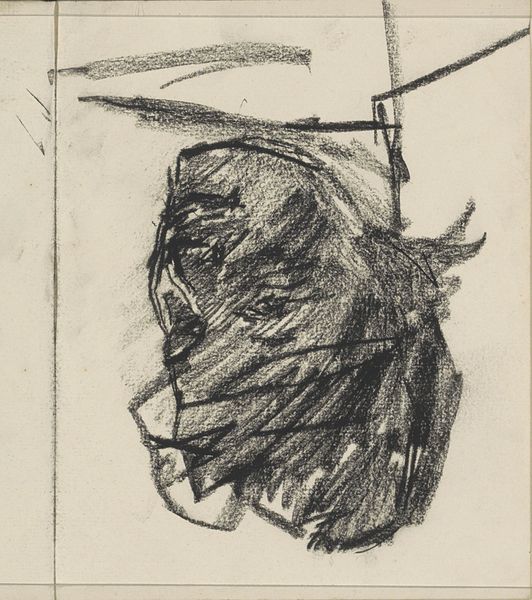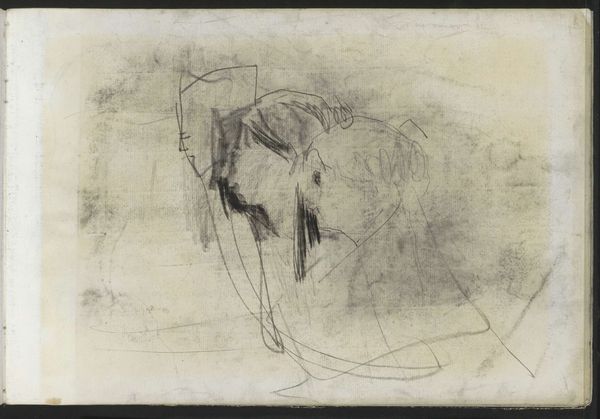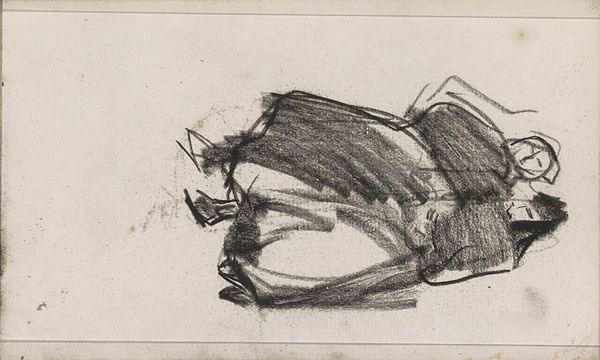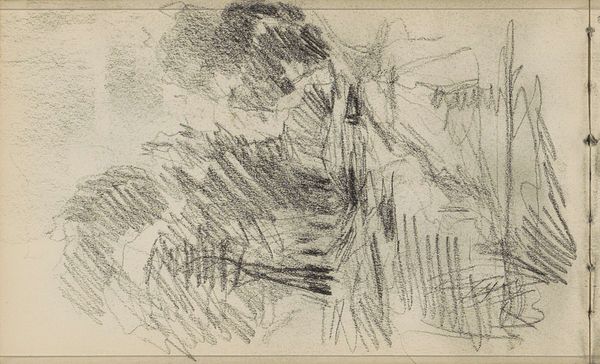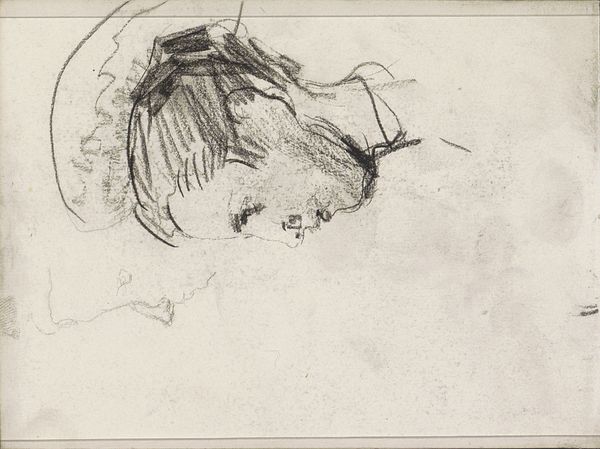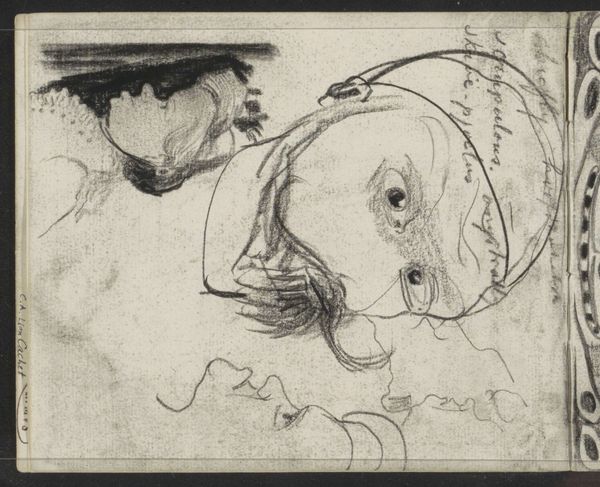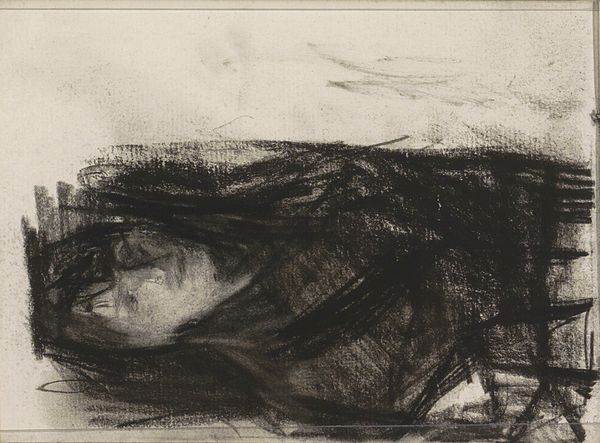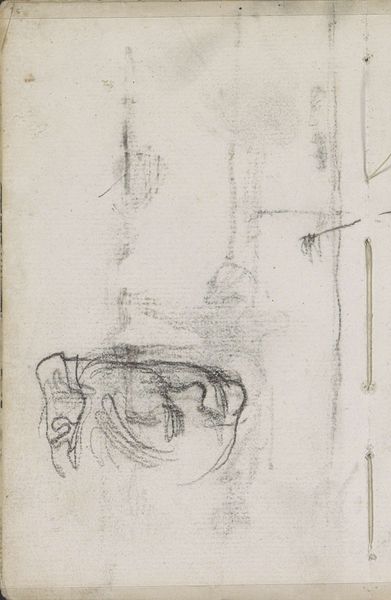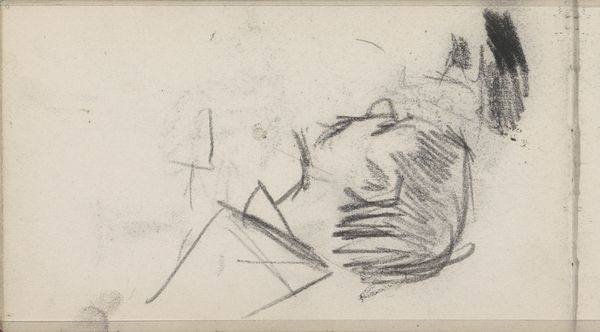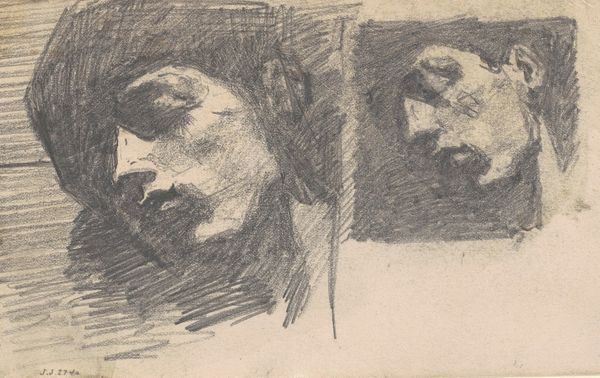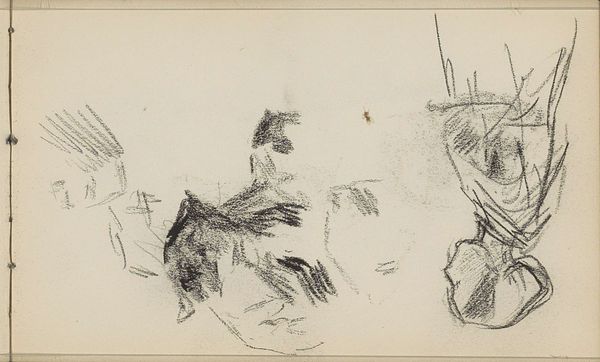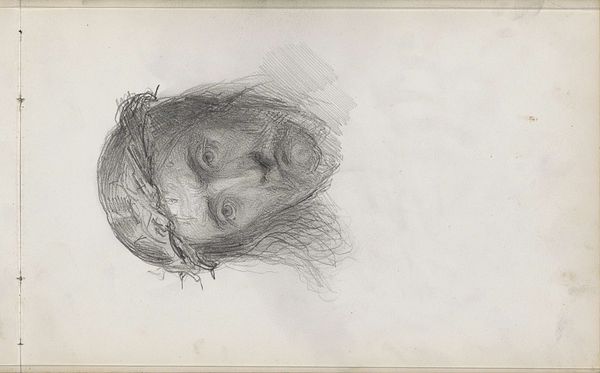
drawing, charcoal
#
portrait
#
pencil drawn
#
drawing
#
pencil sketch
#
charcoal drawing
#
pencil drawing
#
expressionism
#
charcoal
#
realism
Copyright: Rijks Museum: Open Domain
Editor: We're looking at Willem Witsen's "Buste van een jongen" from 1906-1907, a charcoal and pencil drawing held at the Rijksmuseum. It has this unfinished quality to it. The stark contrast makes it really intense. What jumps out at you? Curator: The roughness, or that “unfinished quality” as you put it, is key. This was produced in an era grappling with rapid industrialization and societal shifts. How do you think Witsen, as part of the Amsterdam Impressionism movement, might be using this portrait to comment on the changing views of youth and innocence? Editor: That’s interesting! I hadn’t thought about it like that. So the seemingly rushed execution and the focus on capturing emotion are part of a bigger commentary? Curator: Precisely. Consider the role of art academies at the time, their emphasis on rigid training. A drawing like this challenges those established norms. Witsen, through his artistic choices, arguably democratizes portraiture, presenting a more accessible, perhaps even vulnerable, image of youth, which sharply differed from traditional, formal portraiture styles of wealthy children commissioned during that era. Editor: It's like he's prioritizing a raw emotional truth over technical perfection, almost rejecting the polished images that reinforced social hierarchies. Curator: Exactly. The ambiguity introduced through the 'unfinished' left page empowers the viewer. It opens up a space for projecting their own interpretations, which is profoundly at odds with traditional portraiture's more controlled messaging. It becomes less about portraying a specific child and more about universal notions of childhood itself. Editor: I get it now. It is more than just a drawing; it reflects the socio-political environment. Thanks, that’s a different angle from how I initially saw it. Curator: Absolutely! It’s in these layers of historical context that the true value of a work like this truly shines.
Comments
No comments
Be the first to comment and join the conversation on the ultimate creative platform.
